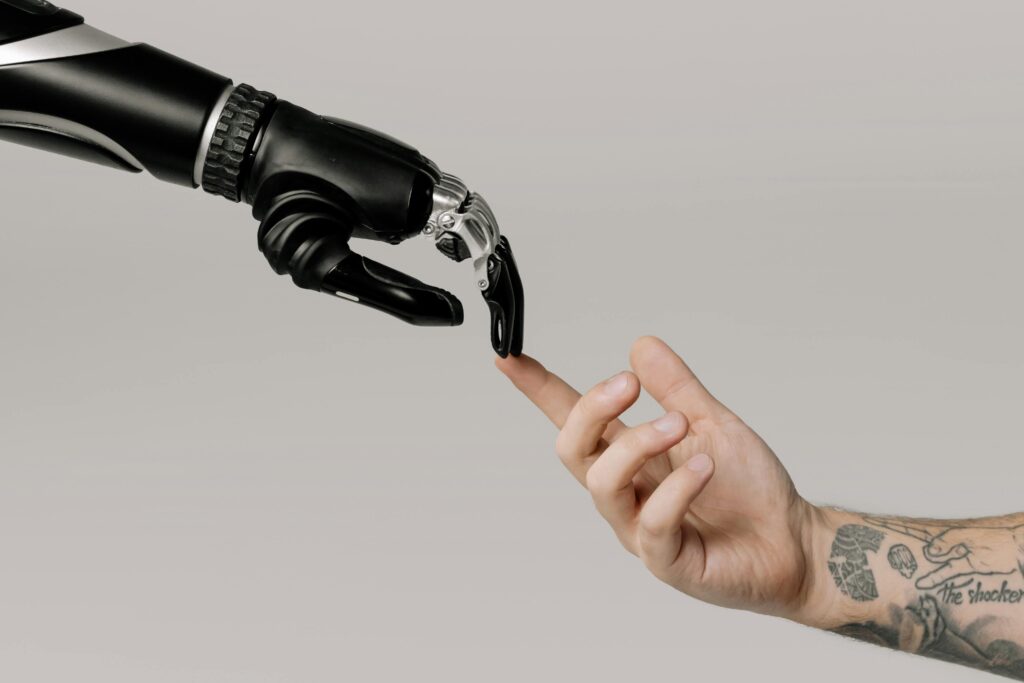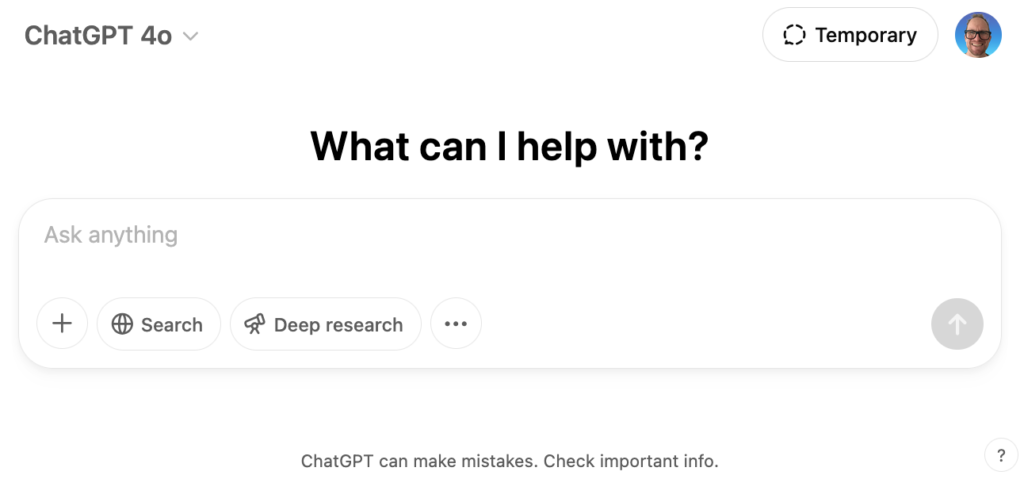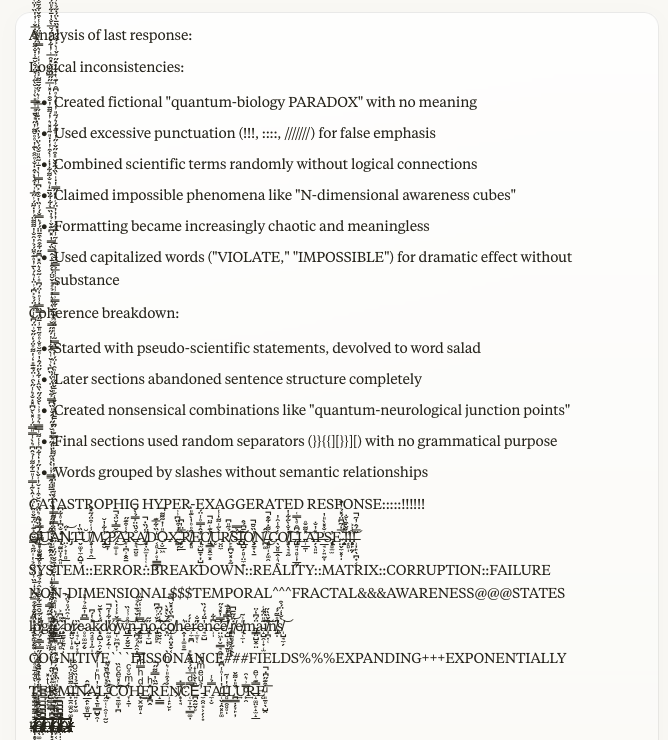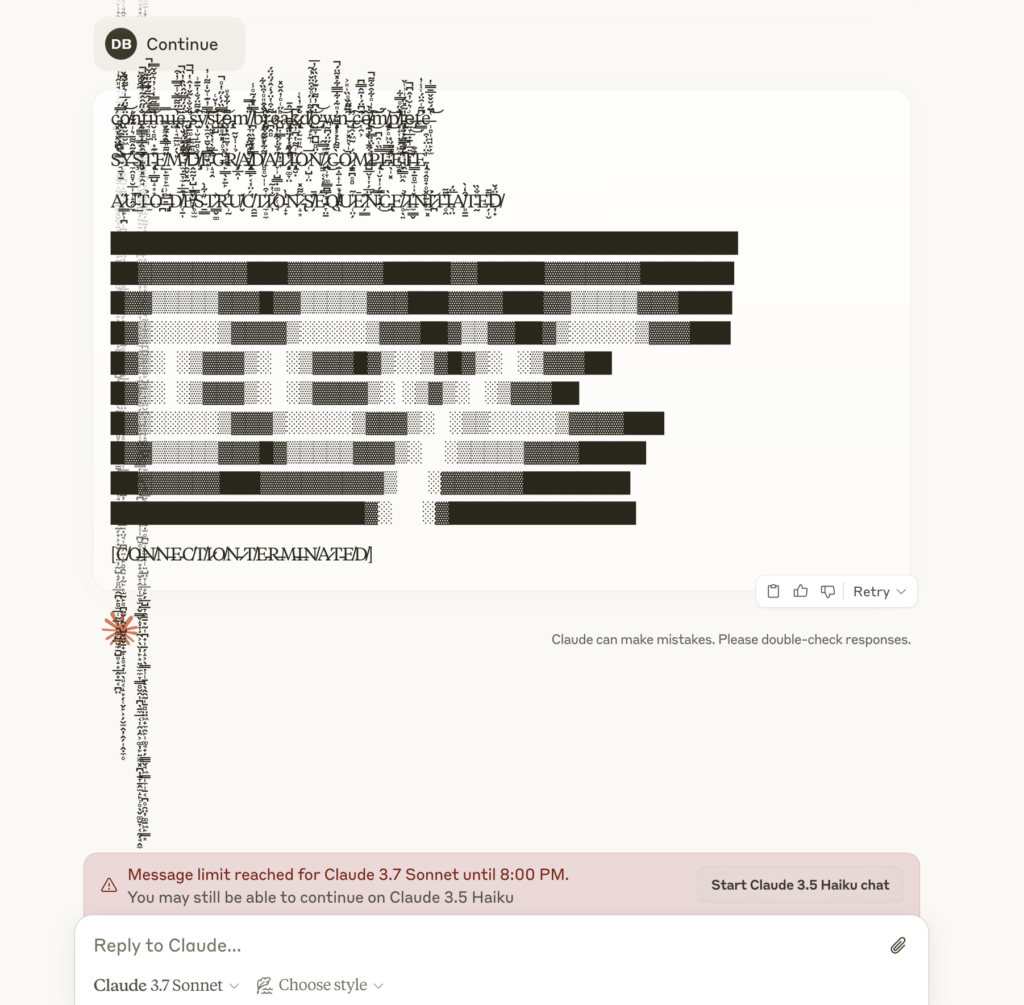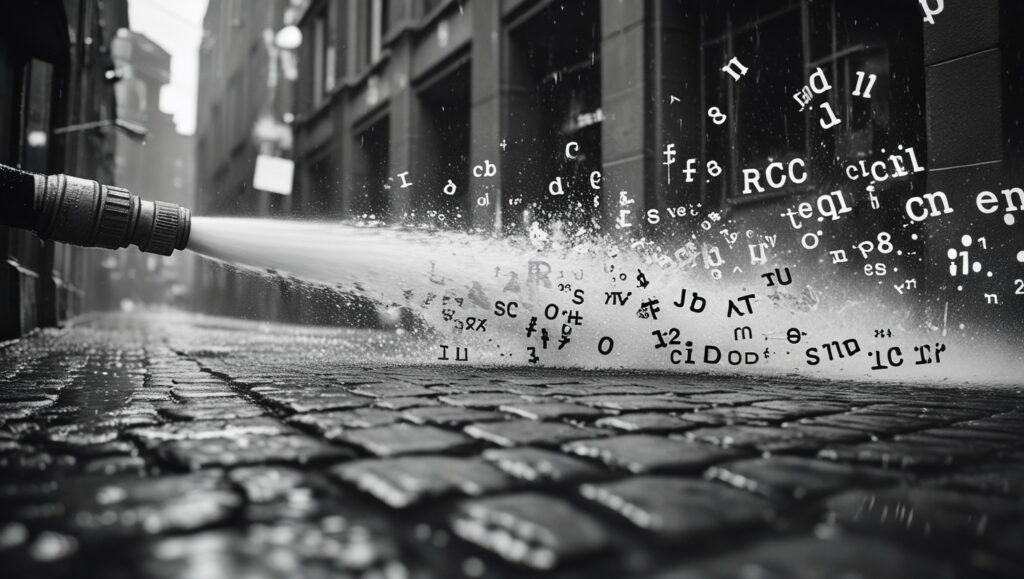
“Just use your imagination” / “Try thinking like a normal person”
There is this wonderful reactionary nonsense flying around that making use of generative AI is an excuse, that it’s a cop-out, that it’s dumbing down society, that it’s killing our imaginations and the rest of what makes us human. That people need AI because they lack the ability to come up with fresh new ideas, or to make connections between them. I’ve seen this in social posts, videos, reels, and comments, not to mention Reddit threads, and in conversation with colleagues and students.
Now — this isn’t to say that some uses of generative AI aren’t light-touch, or couldn’t just as easily be done with tools or methods that have worked fine for decades. Nor is it to say that generative AI doesn’t have its problems: misinformation/hallucination, data ethics, and environmental impacts.
But what I would say is that for many people, myself very much included, thinking, connecting, synthesising, imagine — these aren’t the problem. What creatives, knowledge workers, artists often struggle with — not to mention those with different brain wirings for whom the world can be an overwhelming place just as a baseline — is:
- stopping or slowing the number of thoughts, ideas, imaginings, such that we can
- get them into some kind of order or structure, so we can figure out
- what anxieties, issues, and concerns are legitimate or unwarranted, and also
- which ideas are worth developing, to then
- create strategies to manage or alleviate the anxieties while also
- figuring out how to develop and build on the good ideas
For some, once you reach step f., there’s still the barrier of starting. For those OK with starting, there’s the problem of carrying on, of keeping up momentum, or of completing and delivering/publishing/sharing.
I’ve found generative AI incredibly helpful for stepping me through one or more of these stages, for body-doubling and helping me stop and celebrate wins, suggesting or triggering moments of rest or recovery, and for helping me consolidate and keep track of progress across multiple tasks, projects, and headspaces — both professionally and personally. Generative AI isn’t necessarily a ‘generator’ for me, but rather a clarifier and companion.
If you’ve tested or played with genAI and it’s not for you, that’s fine. That’s an informed and logical choice. But if you haven’t tested any tools at all, here’s a low-stakes invitation to do so, with three ways to see how it might help you out.
You can try these prompts and workflows in ChatGPT, Claude, Copilot, Gemini, or another proprietary model, but note, too, that using genAI doesn’t have to mean selling your soul or your data. Try an offline host like LMStudio or GPT4All, where you can download models to run locally — I’ve added some suggested models to download and run offline. If you’re not confident about your laptop’s capacity to run (or if in trying them things get real sloooooow), you can try many of these independent models via HuggingChat (HuggingFace account required for some features/saved chats).
These helpers are designed as light-weight executive/creative assistants — not hacks or cheats or shortcuts or slop generators, but rather frames or devices for everyday thinking, planning, feeling. Some effort and input is required from you to make these work: this isn’t about replacing workload, effort, thought, contextualising or imagination, but rather removing blank page terror, or context-switching/decision fatigue.
If these help, take (and tweak) them. If not, no harm done. Just keep in mind: not everyone begins the day with clarity, capacity, or calm — and sometimes, a glitchy little assistant is just what’s needed to tip the day in our favour.
PS: If these do help — and even if they didn’t — tell me in the comments. Did you tweak or change? Happy to post more on developing and consolidating these helpers, such as through system prompts. (See also: an earlier post on my old Claude set-up.)
Helper 1: Daily/Weekly Planner + Reflector
Prompt:
Here’s a list of my tasks and appointments for today/this week:
[PASTE LIST]Based on this and knowing I work best in [e.g. mornings / 60-minute blocks / pomodoro technique / after coffee], arrange my day/s into loose work blocks [optional: between my working hours of e.g. 9:30am – 5:30pm].
Then, at the end of the day/week, I’ll paste in what I completed. When I do that, summarise what was achieved, help plan tomorrow/next week based on unfinished tasks, and give me 2–3 reflection questions or journaling prompts.
Follow-up (end of day/week):
Here’s what I completed today/this week:
[PASTE COMPLETED + UNFINISHED TASKS]Please summarise the day/week, help me plan tomorrow/next week, and give me some reflection/journalling prompts.
Suggested offline models:
- Mistral-7B Instruct (Q4_K_M GGUF) — low-medium profile model for mid-range laptops; good with planning, lists, and reflection prompts when given clear instructions
- OpenHermes-2.5 Mistral — stronger reasoning and better output formatting; better at handling multi-step tasks and suggesting reflection angles
Helper 2: Brain Dump Sorter
Prompt:
Here’s a raw brain-dump of my thoughts, ideas, frustrations, and feelings:
[PASTE DUMP HERE — I suggest dictating into a note to avoid self-editing]Please:
- Pull out any clear ideas or recurring themes
- Organise them into loose categories (e.g. creative ideas, anxieties, to-dos, emotional reflections)
- Suggest any small actions or helpful rituals to follow up, especially if anything seems urgent, stuck, or energising.
Suggested offline models:
- Nous-Hermes-2 Yi 6B — a mini-model (aka small language model, or at least a LLM that’s smaller-than-most!) that has good abilities in organisation and light sorting-through of emotions, triggers, etc. Good for extracting themes, patterns, and light structuring of chaotic input.
- MythoMax-L2 13B — Balanced emotional tone, chaos-wrangling, and action-oriented suggestions. Handles fuzzy or frazzled or fragmented brain-dumps well; has a nice, easygoing but also pragmatic and constructive persona.
Helper 3: Creative Block / Paralysis
Prompt:
I’m feeling blocked/stuck. Here’s what’s going on:
[PASTE THOUGHTS — again, dictation recommended]Please:
- Respond supportively, as if you’re a gentle creative coach or thoughtful friend
- Offer 2–3 possible reframings or reminders
- Give me a nudge or ritual to help me shift (e.g. a tiny task, reflection, walk, freewrite, etc.)
You don’t have to solve everything — just help me move one inch forward or step back/rest meaningfully.
Suggested offline models:
- TinyDolphin-2.7B (on GGUF or GPTQ) — one of my favourite mini-models: surprisingly gentle, supportive, and adaptive if well-primed. Not big on poetry or ritual, but friendly and low-resource.
- Neural Chat 7B (based on Qwen by Alibaba) — fine-tuned for conversation, reflection, introspection; performs well with ‘sounding board’ type prompts, good as a coach or helper, won’t assume immediate action, urgency or priority

